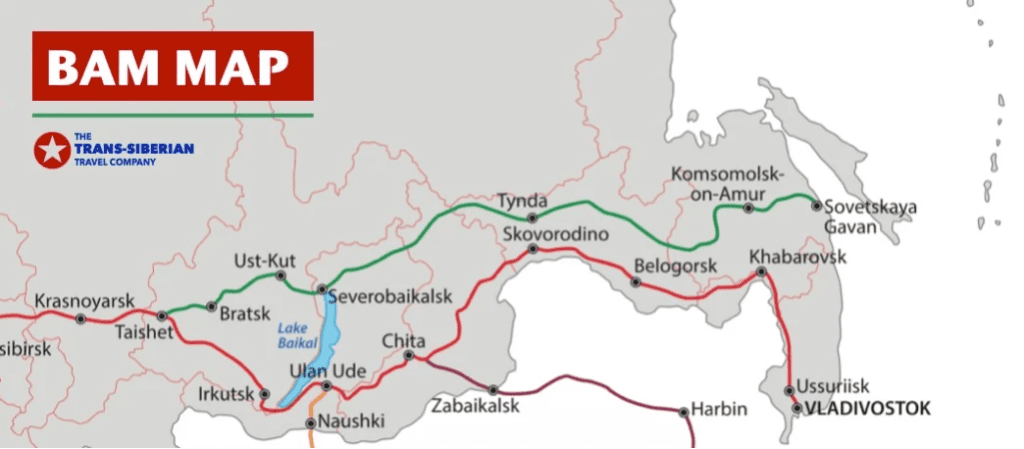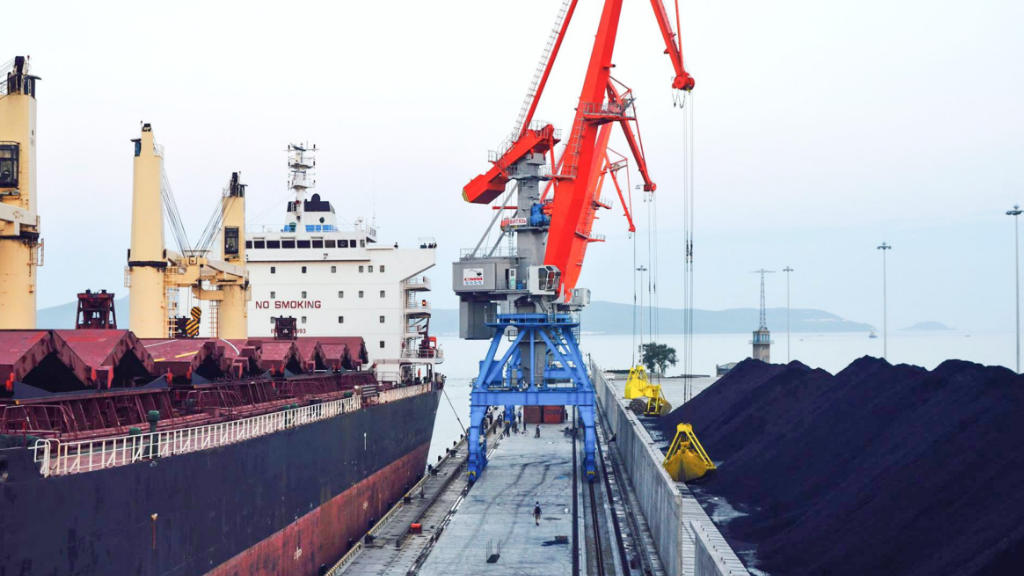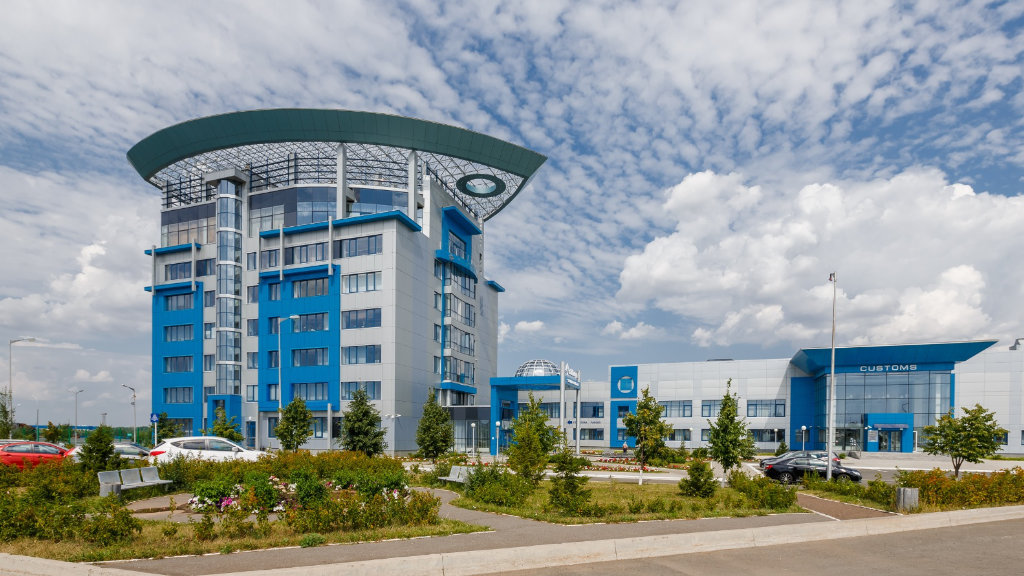The Baikal-Amur Mainline (BAM) railroad is one of the biggest infrastructures of the 20th century and will be further developed to expand Russia’s export and transit capabilities and to raise living standards for Russians living nearby, Russian President Vladimir Putin said on Tuesday (April 23).
The BAM is a broad-gauge railway, traversing Eastern Siberia and the Russian Far East. It stretches 4,324 km running about 700 km north of, and parallel to the Trans-Siberian Railway.
“This is one of the world’s biggest 20th century infrastructure projects” Putin said at a gala evening to mark the 50th anniversary since the start of the BAM construction, thanking those who worked on the project. “At the turn of the century, BAM helped open Asia-Pacific markets to the Russian economy. Along with our Trans-Siberian Railway, it has become a truly strategic transit corridor of both national and global importance,” Putin said.

This year the mainline’s capacity reached almost 42 million tonnes, three times what it was more than 12 years ago, he said.
“This year we are launching yet another, already third stage of the BAM and Trans-Siberian development, we are increasing the Eastern capacity of our railways. This work is already underway,” Putin said.
The project uses the most advanced technologies, creating additional demand for domestically-produced machinery and metallurgical products, for services in the construction sector and a host of other industries, he said.
“What we must do is not only to widen bottlenecks, our tasks now are far bigger: along the entire length of the BAM mainline we are to build what are essentially to be secondary continuous routes, including over 300 infrastructure sites. In ten years’ time the volume of traffic through the Eastern Polygon of Railways should reach 270 million tonnes a year,” Putin said.
This will enable broader use of natural resources in the of BAM and Trans-Siberian railway zone, providing a powerful impetus to open new production facilities and create new jobs, he said.
The president separately dwelled on the development of social infrastructure in East Siberia and the Far East. “We will pay particular attention to raising the quality of life for people in the population centers tied to BAM, including by providing further development of the hubs, the BAM major hubs Tynda and Severobaikalsk” he said.
Tynda is in Amur Oblast, Russia, located 568 km northwest of Blagoveshchensk, which borders Heihe in China. Tynda is connected to China by the Trans-Siberian railway and will develop as a hub servicing Russia-China trade.
Severobaikalsk is in the Republic of Buryatia, Russia, located on the northern end of Lake Baikal at the mouth of the Tyya River, 440 km northwest of Ulan-Ude and 490 km northeast of Irkutsk. It is also connected to China via Mongolia and the Trans-Mongolian railway.
The BAM route reaches its eastern destination at Sovetskaya Gavan in Khabarovsk Krai. It is a strategic port on the Strait of Tartary which connects the Sea of Okhotsk in the north with the Sea of Japan in the south. Further BAM development will serve to increase the export and transit capabilities of Russia as an important link in the Eurasian transport system.




